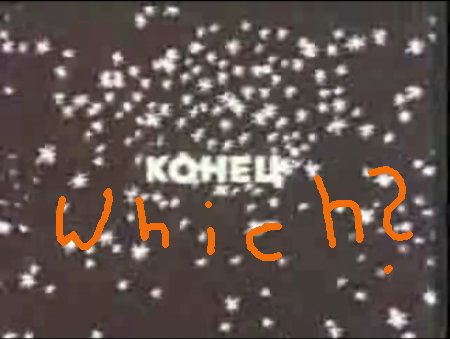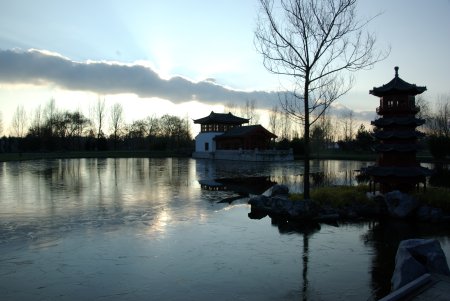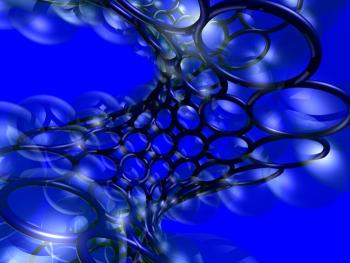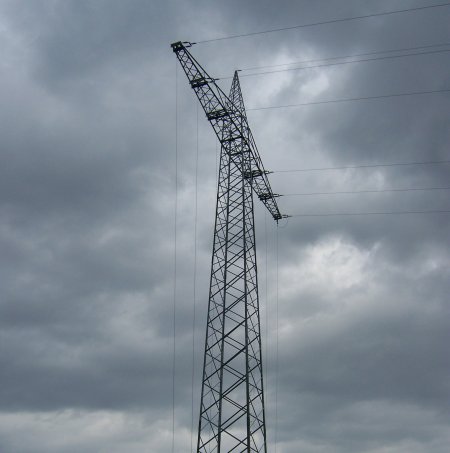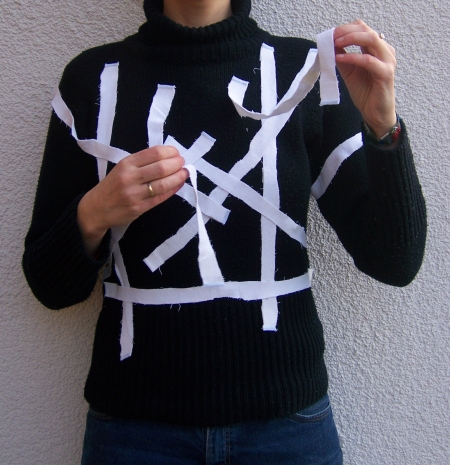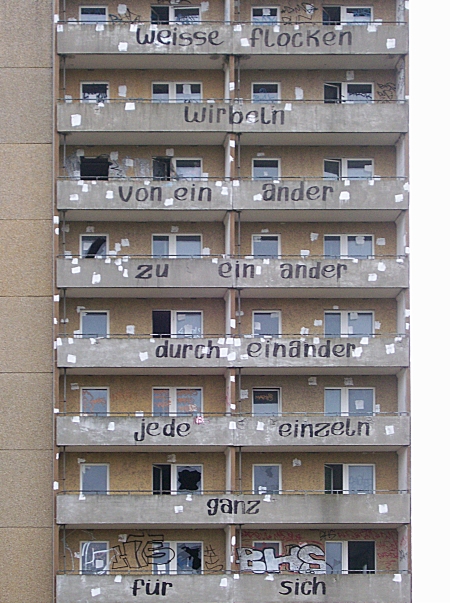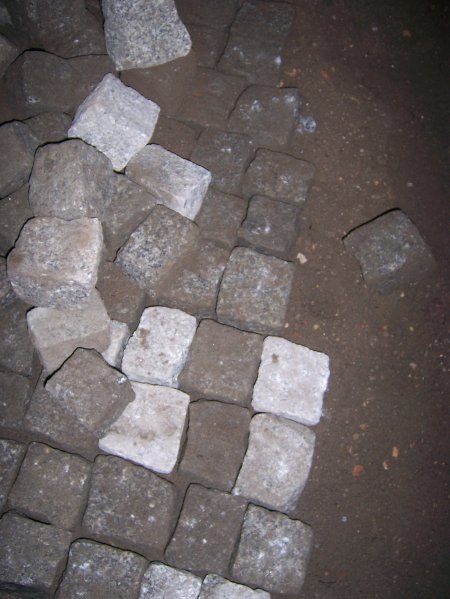
Berlin pavement, the tilings are unfortunately often used for street fights
This is an update of an older randform post about tesselations and in particular about socalled penrose tilings.
There had been quite some media coverage about the discovery of what looked like quasi-periodic tilings in medieval Islamic architecture (see Peter J. Lu and Paul J. Steinhardt, Decagonal and quasi-crystalline tilings in medieval Islamic architecture, Science 315 (2007), 1106-1110. Also available at http://www.physics.harvard.edu/~plu/publications/).
(John Baez has some more links on quasicrystalls and other symmetries). Among others the authors write in their paper:
We further show how the girih-tile approach opened the path to creating new types of extraordinarily complex patterns, including a nearly perfect Penrose pattern on the Darb-i Imam shrine (Isfahan, Iran 1453 C.E.)
In some of the media coverages this may have left the impression that the mediavel islamic artists managed to create a true Penrose tiling.
Now Prof. Penrose himself had entered the discussion, among others he is cited in the postscript on a post in the homunculus blog with the statement that the tilings have:
…different basic shapes, no matching rules, no evidence that they used anything like a “Penrose pattern” to guide them, the hierarchical structure indicated by their subdivision of large shapes into smaller ones is not strictly followed, and would not, in any case, enable the patterns to map precisely to a “Penrose tiling”.
so if I understood correctly he claims that among others there were “defects” in the construction of the tilings (subdivision is not strictly followed) so that they are not strict enough for a save mathematical classification, like needed e.g. for an inflation rule symmetry (?)
whatsoever – despite this it should be remarked that he adds that:
I do, however, regard this work of Steinhardt and Lu as a most intriguing and significant discovery..
->Neubau Modul
->on the role of images in afghanistan
